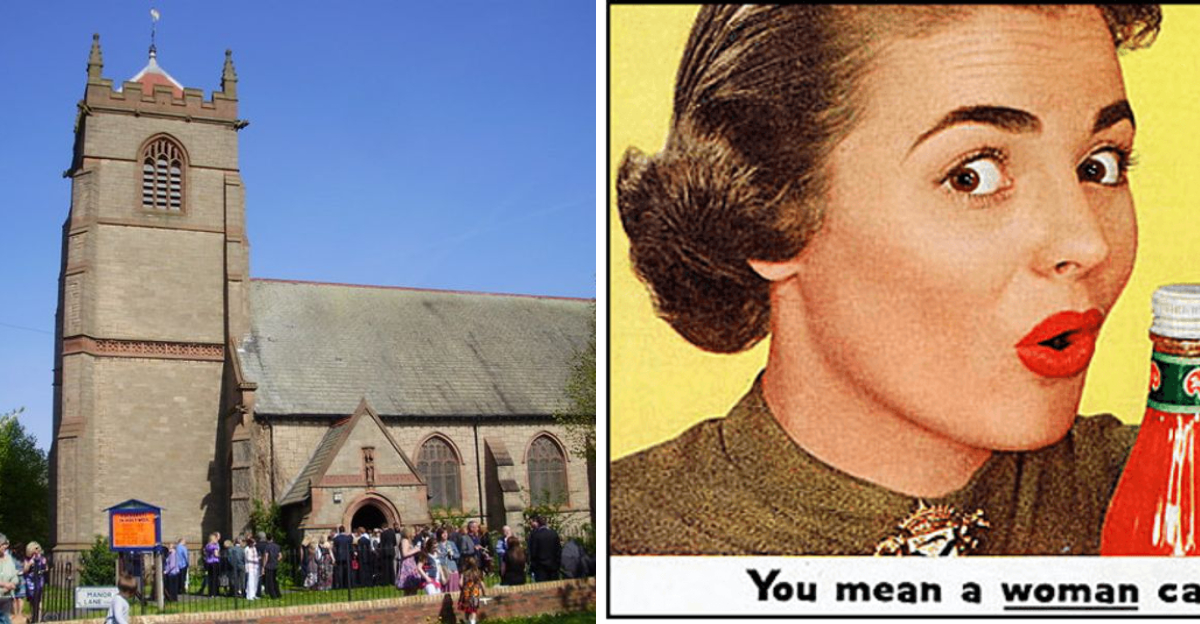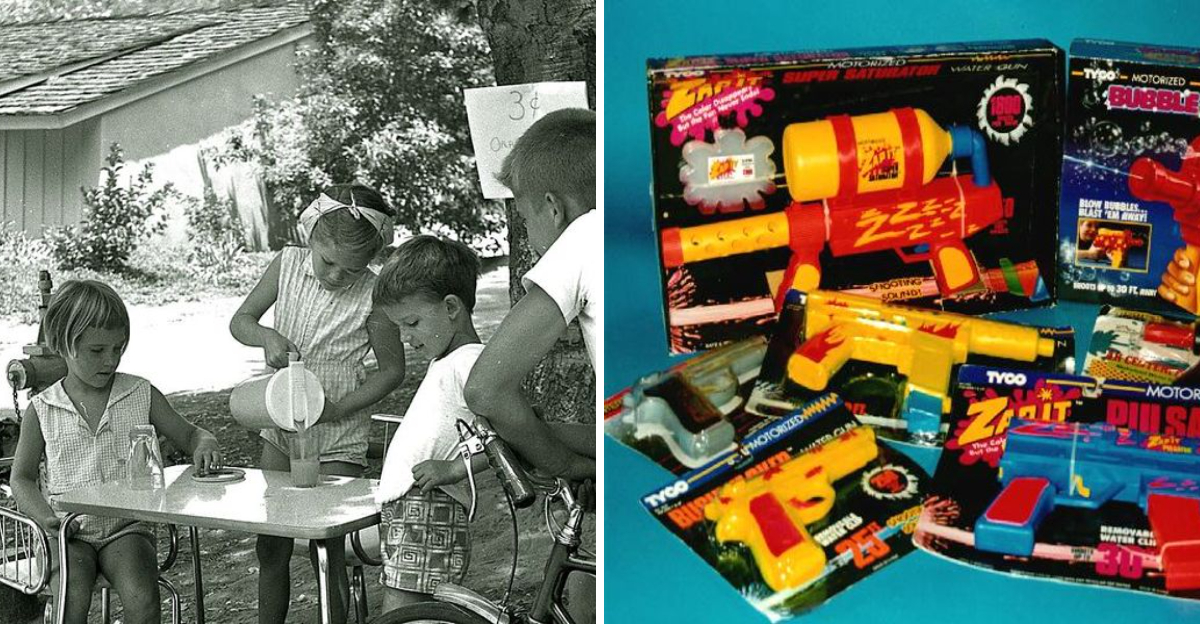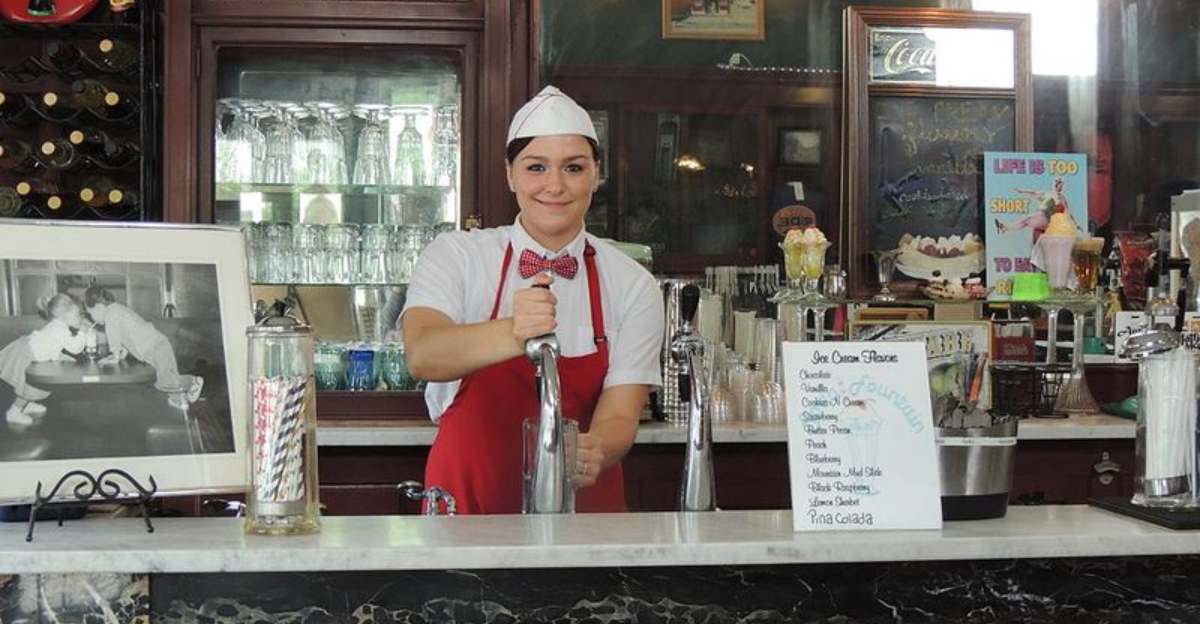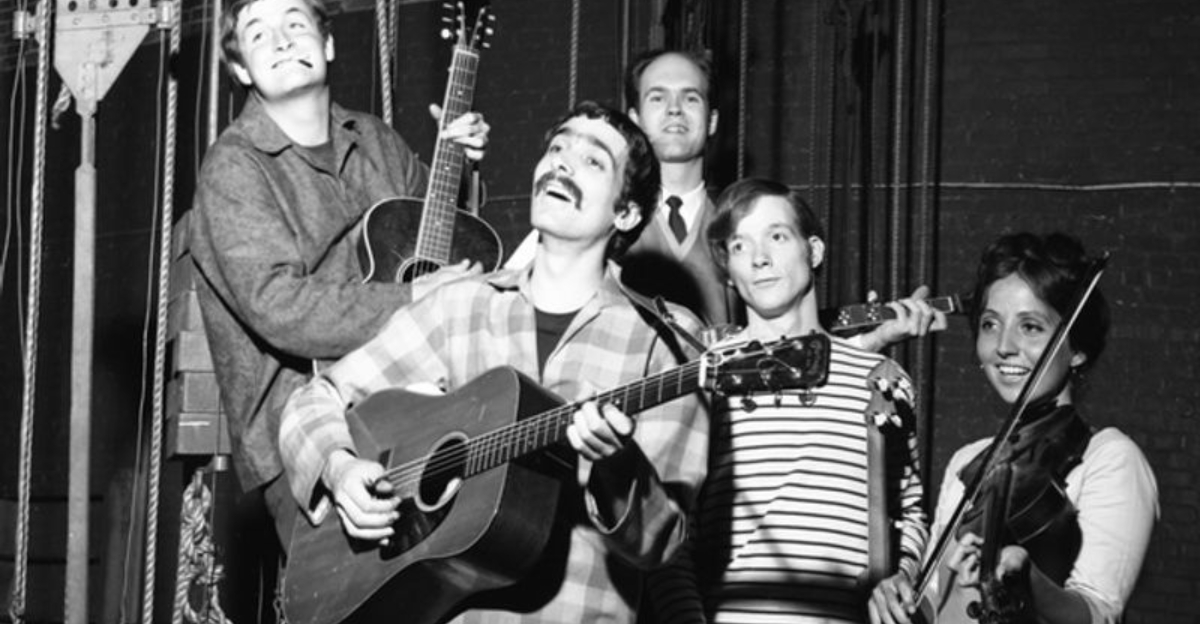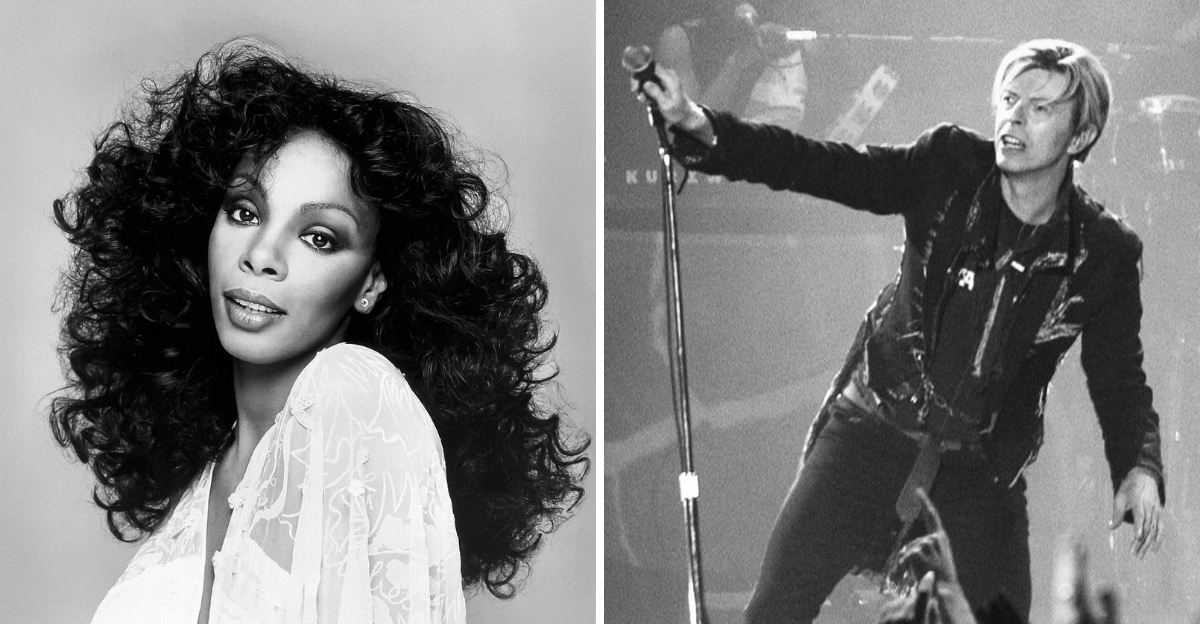20 Rare Vintage Photos That Show What America Looked Like 100 Years Ago
Step back in time and imagine what life was like a century ago, when America was a very different place.
The 1920s were full of change, excitement, and challenges that shaped the nation we know today. Get ready to explore rare snapshots that capture the spirit of that fascinating era!
1. New York City Streetcars In 1920
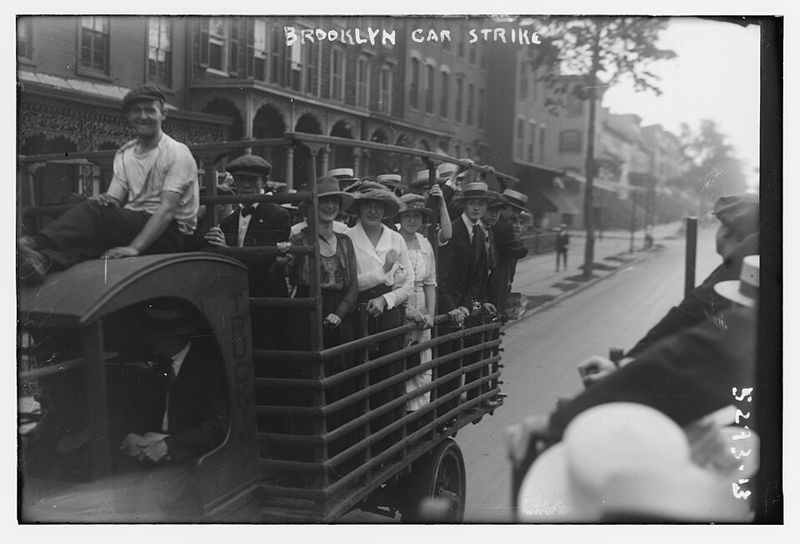
Picture yourself standing on a packed Manhattan avenue, watching electric streetcars rumble past every few minutes. Commuters hung from the sides when seats ran out, and conductors shouted destinations above the city noise.
Back then, you could ride across town for just a nickel! Traffic jams happened with horses, cars, and trolleys all competing for space on narrow cobblestone streets.
2. Coal Miners In West Virginia
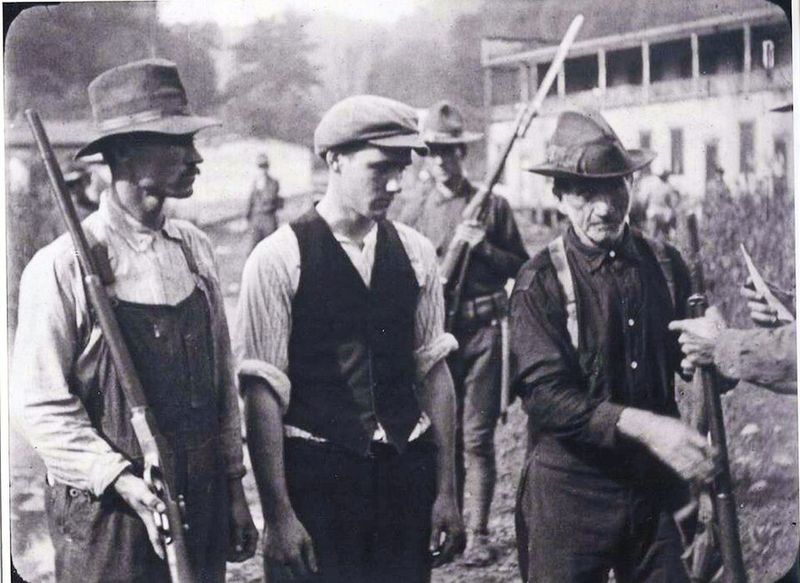
Deep underground, men worked twelve-hour shifts in dangerous conditions that would shock us today. Canaries in cages warned workers about poisonous gases, while pickaxes struck rock in the darkness.
Entire families depended on mining wages, despite the constant risk of cave-ins. Children often started working in the mines as young as twelve years old, sorting coal above ground.
3. Chicago’s Bustling Markets
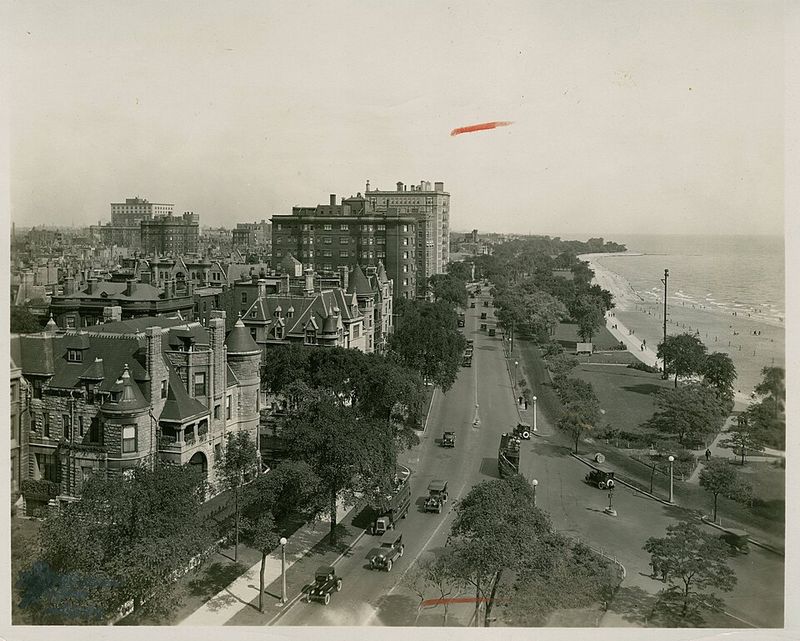
Vendors hollered prices while customers squeezed tomatoes and haggled over every penny. Open-air markets filled entire city blocks with fresh vegetables, fish on ice, and hanging meat that would make modern health inspectors faint.
Women carried wicker baskets and shopped daily because most homes lacked refrigerators. The smell of fresh bread mixed with horse manure created an unforgettable sensory experience!
4. Women Factory Workers During WWI
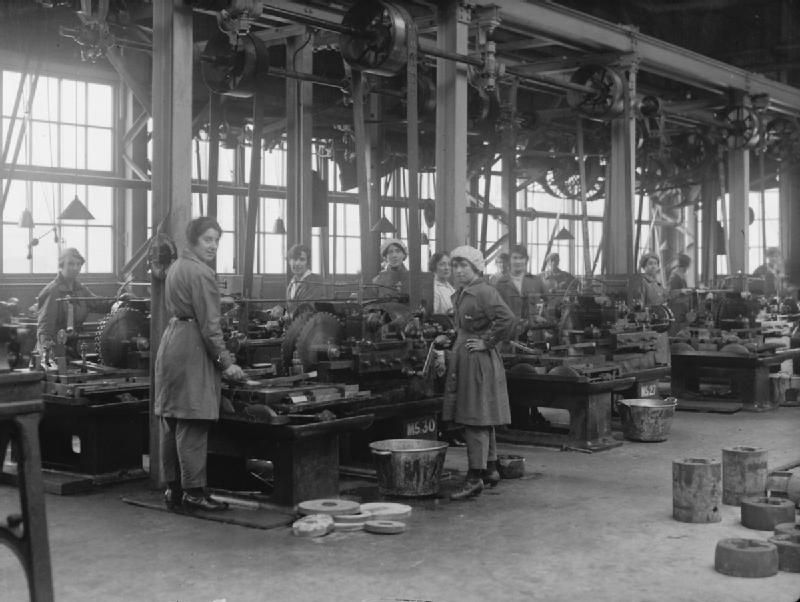
When men marched off to war, women stepped up to fill jobs previously denied to them. Assembly lines hummed with female workers building munitions, aircraft parts, and military equipment with impressive skill.
Many earned good wages for the first time in their lives! However, most lost those jobs when soldiers returned home, though the experience changed expectations forever.
5. San Francisco Cable Cars
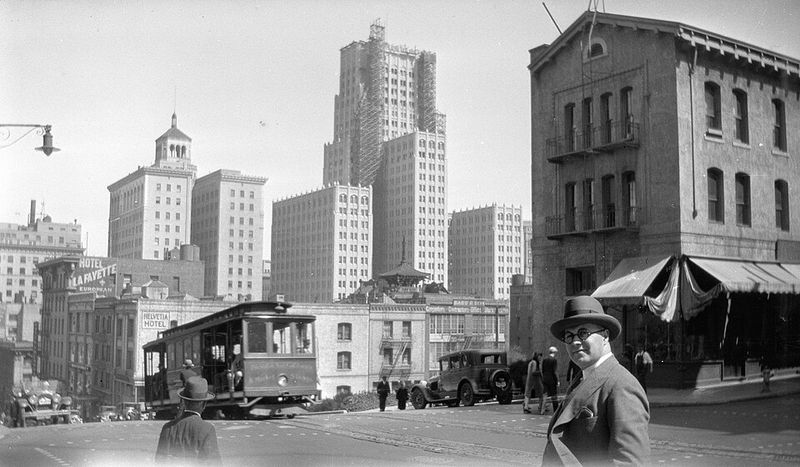
Gripping the pole tightly, riders enjoyed breathtaking views while climbing hills so steep that walking seemed impossible. Cable cars clanged their bells as a warning, creating a musical soundtrack to city life.
Operators needed serious muscle to work the manual brakes! Foggy mornings made the rides especially thrilling, as cars emerged from white clouds at hilltops with spectacular bay views below.
6. Early Automobiles On Main Street
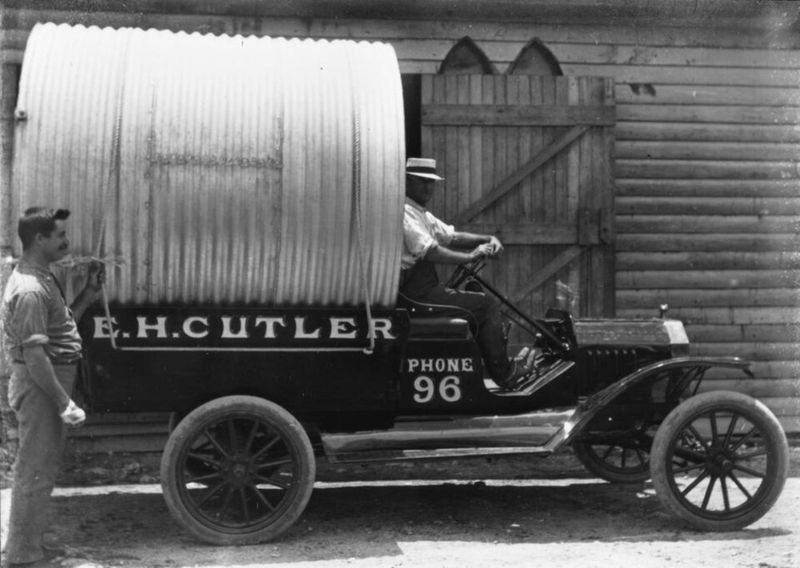
Shiny Model T Fords lined downtown streets, representing the future even though they constantly broke down. Drivers wore goggles and long coats because cars lacked roofs and windshields in many cases.
Flat tires happened so often that everyone learned to change them quickly. Speed limits barely existed, though going faster than twenty miles per hour on bumpy dirt roads seemed terrifyingly reckless anyway!
7. Small-Town Baseball Teams
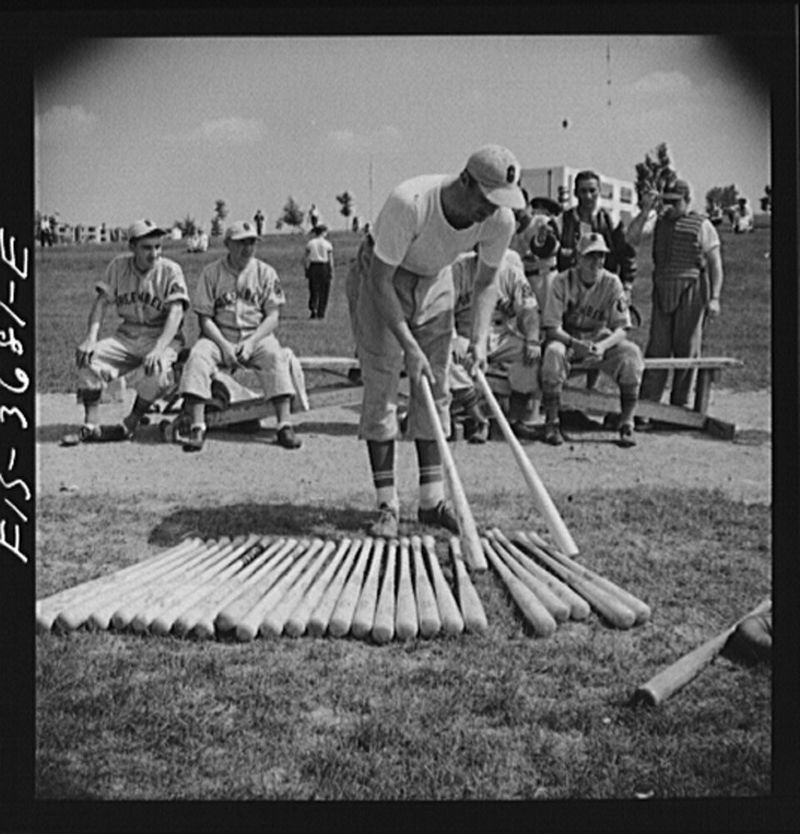
Every town had a team that brought communities together on sunny Saturday afternoons. Players worked regular jobs during the week, then became local heroes on the diamond wearing wool uniforms that must have been unbearably hot.
Entire families attended games, cheering wildly from wooden bleachers. Baseball represented pure American spirit, long before television turned athletes into millionaires and celebrities.
8. The First Movie Theaters
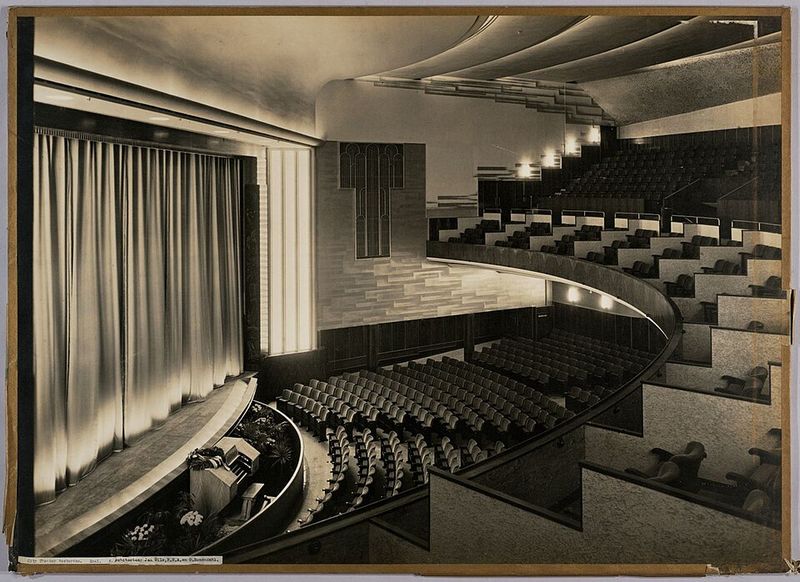
Ornate palaces replaced simple nickelodeons, offering ordinary people a taste of luxury and glamour. Silent films flickered on screens while live organists provided dramatic musical accompaniment that made hearts race during chase scenes.
Admission cost just fifteen cents, but the experience felt priceless! Audiences gasped, laughed, and cheered together in the darkness, creating shared memories before talking pictures changed movies forever.
9. Prohibition-Era Speakeasies
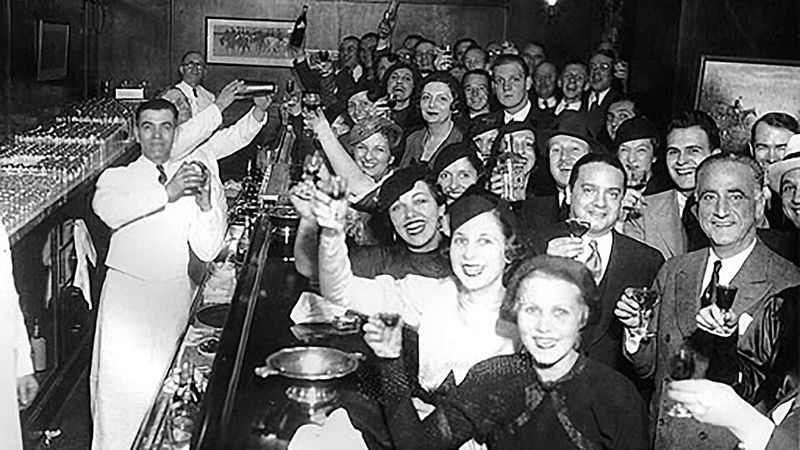
Behind unmarked doors, jazz played while people sipped illegal cocktails and pretended the law did not exist. Secret passwords got you inside, where flappers danced and businessmen relaxed after long days at the office.
Police raids added excitement and danger to every evening out! Prohibition created more problems than it solved, turning ordinary citizens into criminals for simply enjoying a drink with friends.
10. Steamboats On The Mississippi River
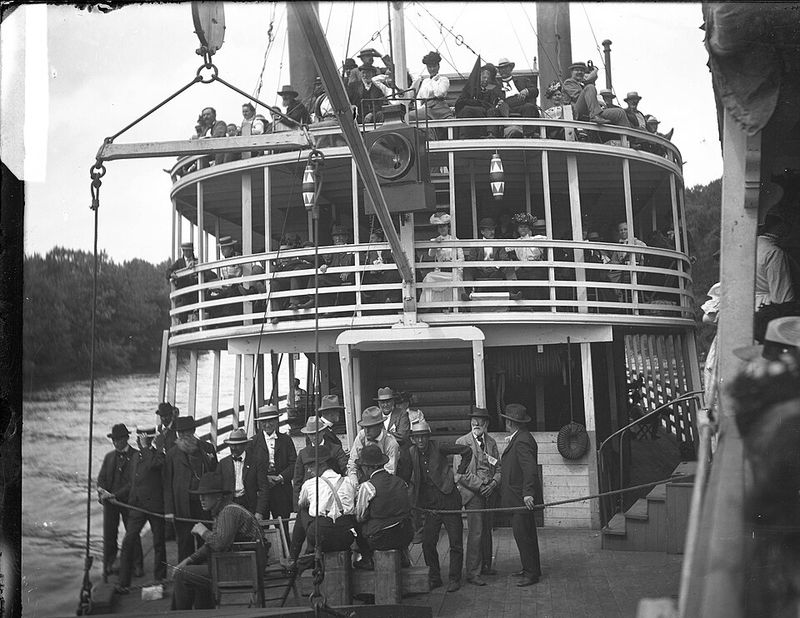
Majestic paddlewheelers churned through muddy water, carrying passengers and cargo between river towns. Giant smokestacks belched black clouds while calliopes played cheerful music that could be heard for miles along the shore.
Traveling by steamboat was an adventure that took days instead of hours. Gamblers, merchants, and families shared meals and stories in grand saloons decorated like floating palaces from another world.
11. Coney Island Boardwalk
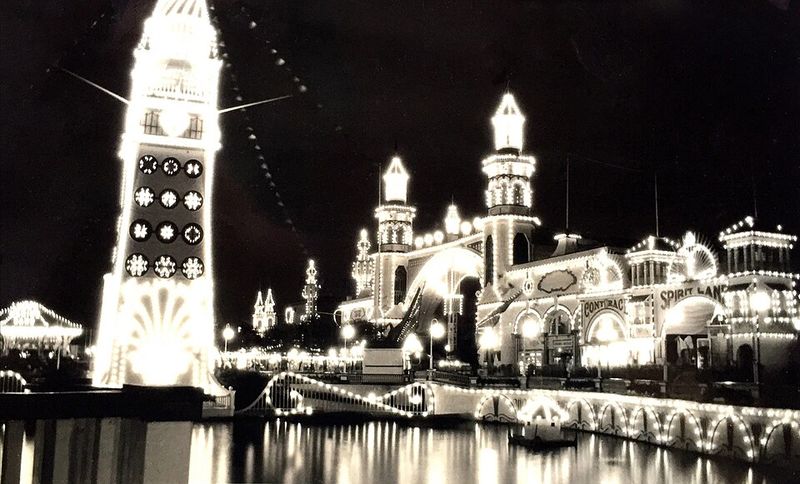
Thrills and laughter filled the air as crowds strolled past carnival games and wild roller coasters. Hot dog stands served Nathan’s famous franks while children begged parents for another nickel to ride the carousel one more time.
Women wore modest bathing suits that covered most of their bodies by today’s standards. Summer weekends brought thousands seeking relief from sweltering city apartments and cramped tenement life.
12. Train Travel In The Midwest
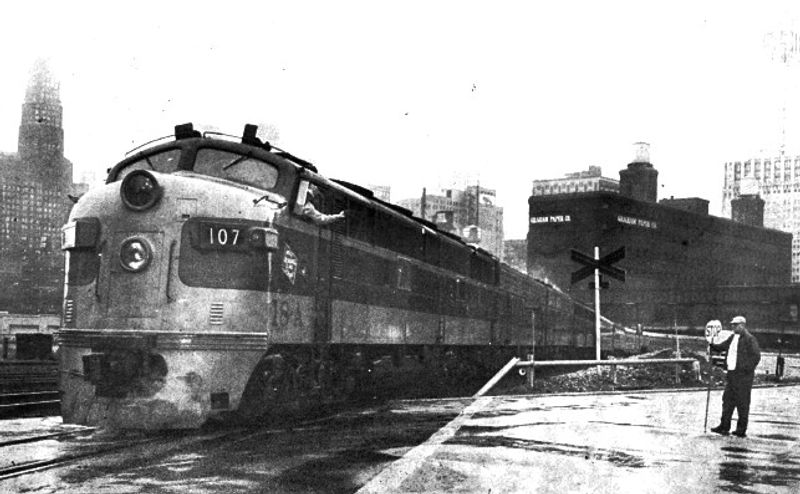
Steam engines roared into small-town stations, connecting rural America to distant cities and opportunities. Passengers waited on wooden platforms with heavy trunks, excited about journeys that would take them farther than most had ever traveled before.
Conductors checked pocket watches and shouted destinations in booming voices. Train travel meant adventure, whether you were heading to visit relatives or starting a completely new life somewhere else entirely.
13. New Orleans Jazz Bands
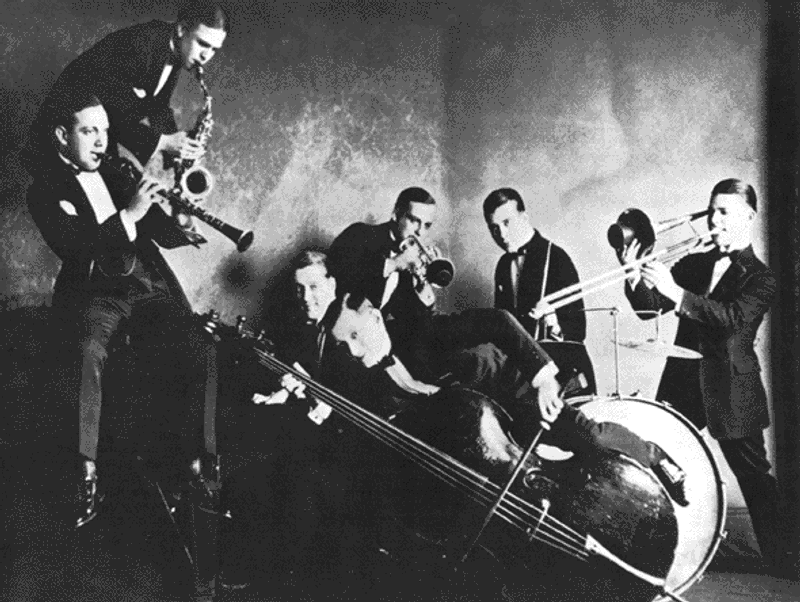
Trumpets wailed and drums pounded out rhythms that made it impossible to stand still. Street corners came alive with spontaneous performances where musicians poured their souls into music that was changing American culture forever.
Jazz was born in New Orleans and spread across the nation like wildfire! The music captured the energy and spirit of a generation ready to break free from old traditions and create something completely new.
14. Schoolhouses In Rural America
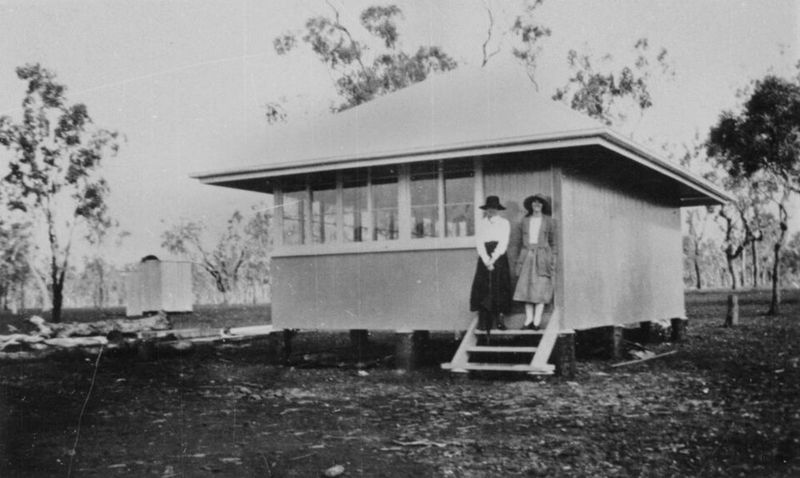
All grades learned together in single rooms heated by wood stoves that made winter mornings barely tolerable. Teachers handled students ranging from first graders to teenagers, somehow managing to educate everyone despite limited resources and ancient textbooks.
Walking miles to school was normal, even in harsh weather. Education represented hope for better futures, though many kids missed classes during planting and harvest seasons when families needed extra hands.
15. Early Aviation Enthusiasts
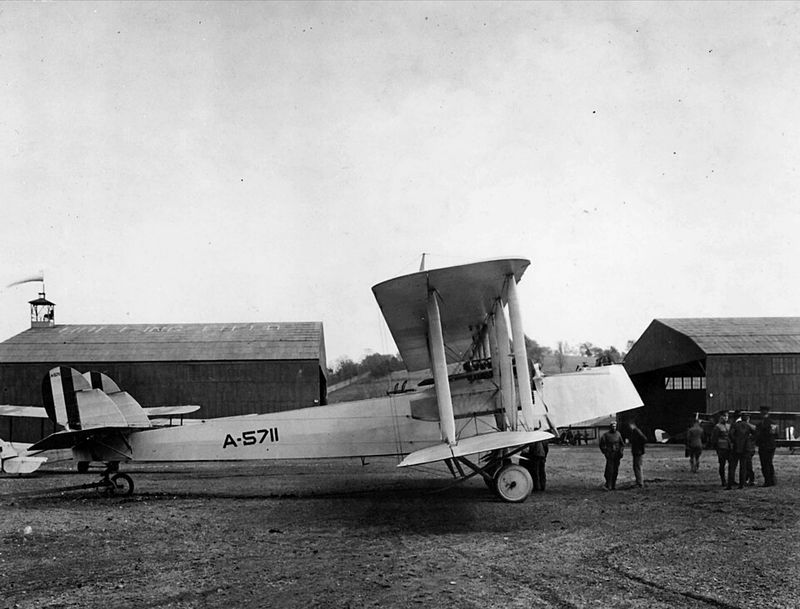
Daredevils climbed into rickety biplanes that looked like they might fall apart mid-flight. Barnstormers traveled from town to town performing death-defying stunts while crowds gasped and wondered if humans were truly meant to fly.
Aviation was brand new and incredibly dangerous, yet nothing could stop adventurous spirits. Every flight pushed boundaries and proved that the impossible could become reality with enough courage and determination to succeed.
16. Harlem In The 1920s
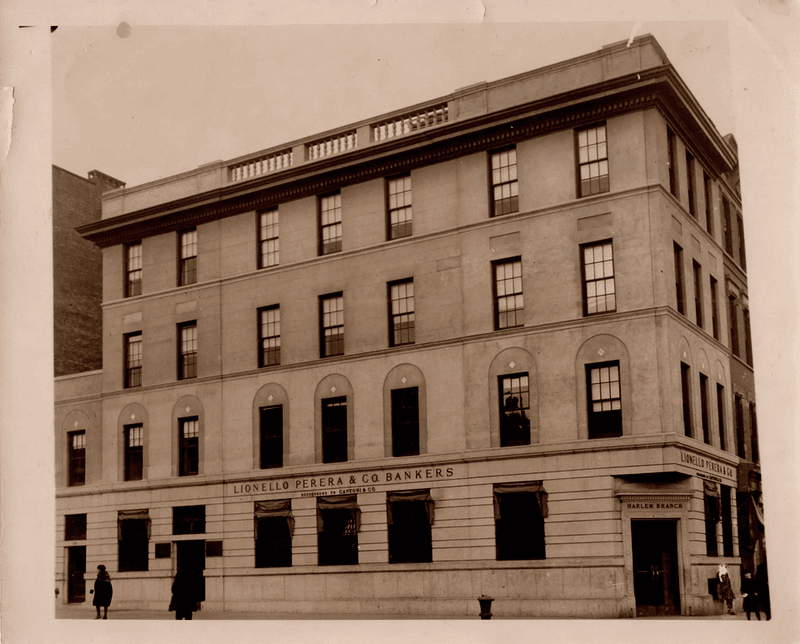
Culture exploded in this vibrant neighborhood where artists, writers, and musicians created the Harlem Renaissance. Nightclubs jumped with energy as legends like Duke Ellington and Bessie Smith performed for integrated audiences hungry for something fresh and exciting.
Creativity flourished despite ongoing racial prejudice and discrimination elsewhere. Harlem became a beacon of Black excellence, proving that talent and determination could overcome even the most stubborn barriers society erected.
17. Immigrant Families At Ellis Island
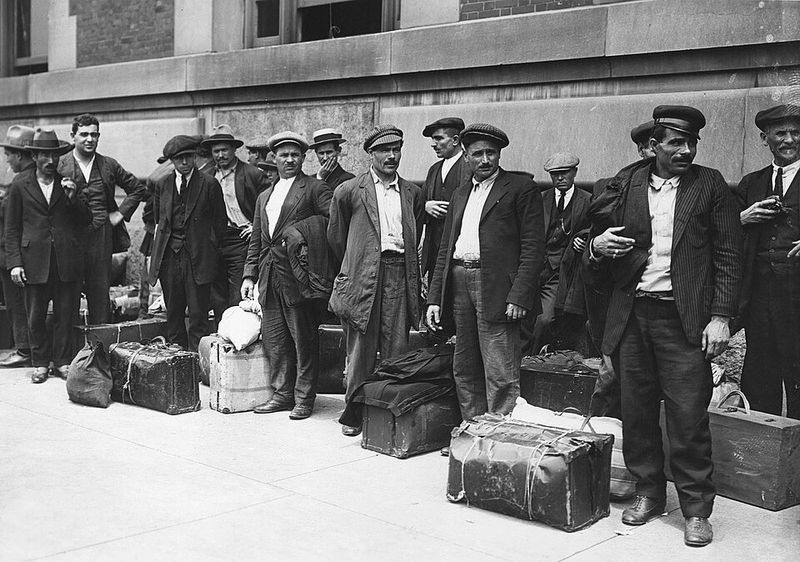
Exhausted travelers clutched precious belongings after weeks crossing the Atlantic in crowded ship compartments. Hope and fear mixed together as inspectors decided who could stay and who would be sent back to countries they had left behind forever.
Ellis Island processed thousands daily, each person chasing the American Dream. Languages from dozens of nations filled the air as families waited nervously, praying they would pass health inspections and begin new lives.
18. Vintage Beachgoers At Atlantic City
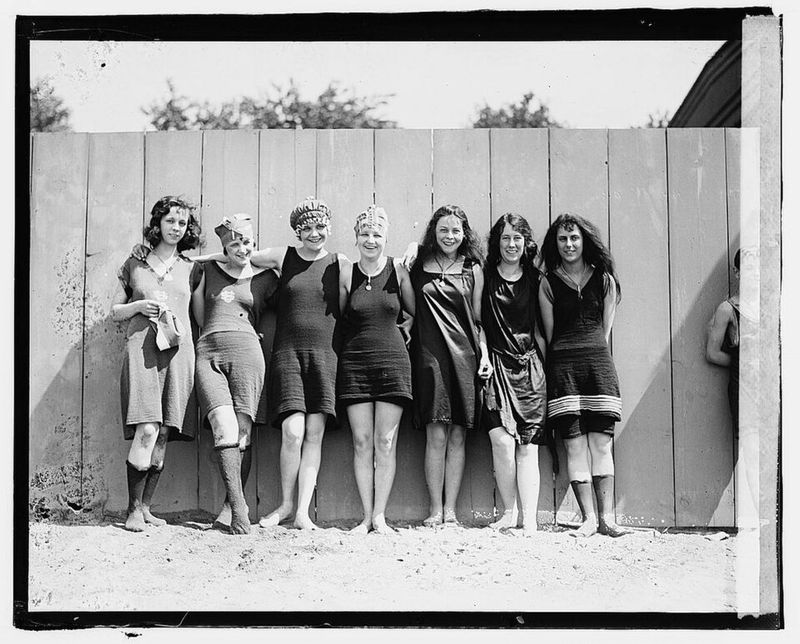
Fashionable vacationers strolled the famous boardwalk wearing bathing suits that seem hilariously overdressed by modern standards. Rolling chairs pushed by attendants carried wealthy visitors past saltwater taffy shops and elegant hotels that defined luxury seaside resort living.
Atlantic City represented glamour and escape from everyday worries. Families built sandcastles while couples walked romantically along the shore, creating memories that would last lifetimes in an era before air travel made distant beaches accessible.

